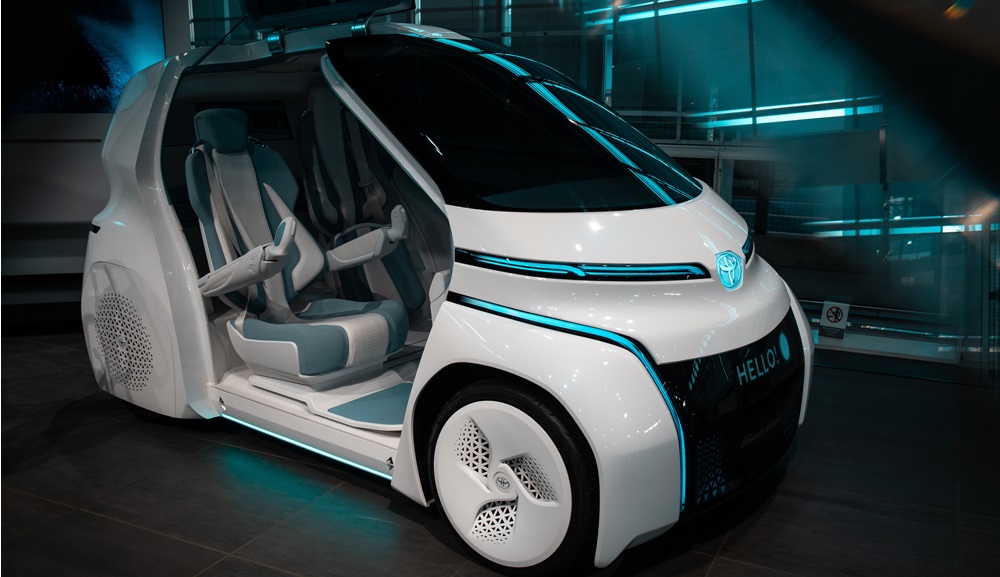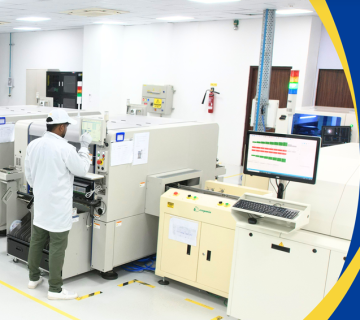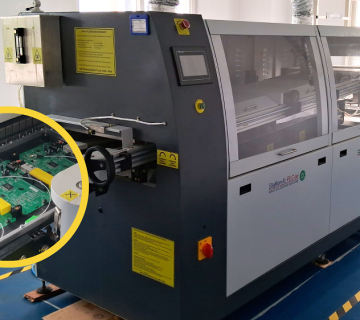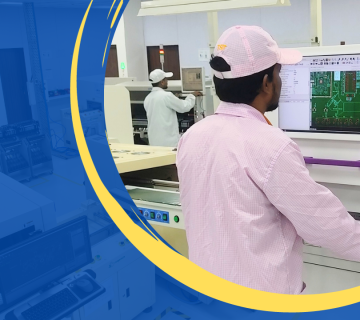As electric vehicles (EVs) gain momentum in the automotive industry, the demand for high-quality printed circuit boards (PCBs) specifically designed for EV applications continues to rise. PCB manufacturing plays a pivotal role in the development and performance of electric vehicles, ensuring efficient power distribution, reliable control systems, and optimal functionality. In this article, we delve into the world of PCB manufacturing for electric vehicles, exploring the processes, technologies, and considerations that drive the green revolution.
- PCB Design Considerations for Electric Vehicles:
- High voltage and power requirements: Understanding the unique electrical demands of EVs and designing PCBs to handle higher voltage and current levels.
- Thermal management: Implementing effective heat dissipation techniques to maintain optimal operating temperatures for components and systems.
- Size and space constraints: Designing compact PCBs that fit within the limited space available in electric vehicle architectures.
- EMI and noise reduction: Incorporating shielding and filtering strategies to minimize electromagnetic interference and ensure smooth operation.
- Advanced PCB Technologies for Electric Vehicles:
- High-power PCBs: Exploring specialized materials and techniques for handling the increased power demands of electric vehicles.
- Multi-layer and flex PCBs: Leveraging the benefits of multi-layer and flexible PCB designs to optimize space utilization and accommodate complex vehicle geometries.
- High-temperature PCBs: Selecting materials and manufacturing processes capable of withstanding the elevated temperatures generated by EV power electronics.
- Integrated smart features: Integrating sensors, communication modules, and advanced functionalities within PCBs to enable smart and connected electric vehicle systems.
- PCB Manufacturing Processes for Electric Vehicles:
- PCB fabrication techniques: Understanding the different manufacturing processes, such as etching, lamination, and drilling, tailored to electric vehicle PCBs.
- Component sourcing and assembly: Ensuring the availability and compatibility of components, as well as employing automated assembly techniques to enhance efficiency.
- Quality control and testing: Implementing stringent quality control measures, including automated optical inspection (AOI) and functional testing, to ensure reliability and performance.
- Industry Standards and Regulations for EV PCB Manufacturing:
- Compliance with automotive standards: Familiarizing oneself with industry standards, such as ISO/TS 16949, to ensure the manufacturing process aligns with automotive quality and safety requirements.
- Environmental regulations: Adhering to regulations regarding hazardous substances and waste management to promote sustainable and environmentally friendly manufacturing practices.
- The Future of PCB Manufacturing in Electric Vehicles:
- Advancements in materials and technologies: Exploring emerging trends, such as wide-bandgap semiconductors, 3D printing, and advanced PCB substrates, that are shaping the future of EV PCB manufacturing.
- Increasing automation and robotics: Examining how automation and robotics are revolutionizing PCB assembly and manufacturing processes, leading to higher efficiency and lower costs.
- Scalability and mass production: Addressing the challenges and opportunities associated with scaling up PCB manufacturing for large-scale electric vehicle production.
Conclusion: PCB manufacturing is a critical component of the electric vehicle revolution, enabling the development of high-performance, efficient, and reliable EV systems. By understanding the design considerations, advanced technologies, manufacturing processes, and industry standards specific to electric vehicle PCBs, manufacturers can contribute to the growth and success of the green mobility movement. Stay tuned for more updates and innovations as we embark on an electrified future.





No comment